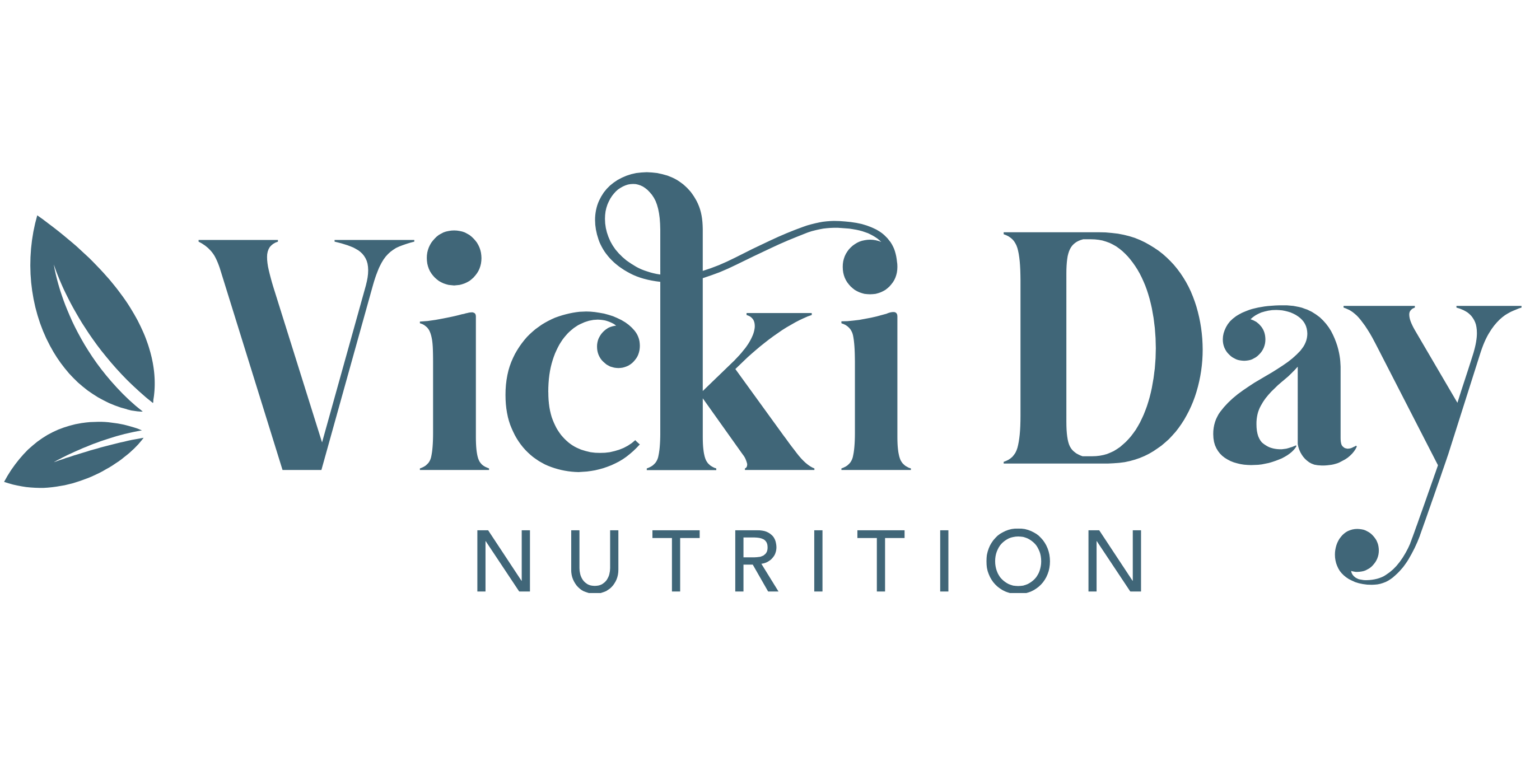How sunlight shapes your health and wellbeing - pt2
- Vicki Day

- Sep 11
- 3 min read
In Part 1 I looked at how morning light helps set the rhythm of our body processes and supports mood and sleep through its role in the production of serotonin, dopamine, and melatonin.
Another key way sunlight supports our health is by enabling the production of vitamin D - often called the sunshine vitamin.
In this post, l look at:
How sunlight helps us produce vitamin D
The role vitamin D plays in our health
What limits its production
Vitamin D: The sunshine nutrient
While vitamin D is found in small amounts in fatty fish, tuna, and egg yolks, the majority is produced when UVB rays from the sun hit the skin. This triggers the conversion of a form of cholesterol in the skin, which is then processed by the liver and kidneys into active forms of vitamin D. Because vitamin D is a fat-soluble vitamin, it needs dietary fat to be absorbed and transported around the body. It can also be stored in the liver, allowing us to build up reserves.

How it helps:
Vitamin D (specifically D3) supports:
Bone health: Helps absorb calcium from the intestines into the bloodstream (vitamin K2 then helps direct it into bones).
Immune function: Supports our immune system and helps reduce inflammation.
Mental wellbeing: Supports dopamine production, reduces inflammation, and promotes BDNF (brain-derived neurotrophic factor), a growth factor linked to brain health.
Why being out in the sun doesn’t necessarily mean producing vitamin D
Many people assume that simply being in the sun means they’re producing vitamin D but, unlike the neurotransmitters we discussed in Part 1 - which can be supported by daylight year-round - vitamin D production depends on several factors:
Latitude: UVB rays only stimulate vitamin D production when the sun is more than 45° above the horizon - a good rule of thumb is if your shadow is shorter than you, you’re likely able to produce vitamin D.
Time of year/day: Seasonal changes and time of day affect the sun’s angle and UVB intensity. While cloudy conditions can reduce UVB intensity, you can still produce vitamin D if the sun is at the right angle.
Skin tone, age, and sunscreen:
Darker skin tones require more sun exposure to produce vitamin D.
Older skin is less efficient at converting sunlight.
Sunscreen blocks UVB and can limit vitamin D production.
Because of these factors - plus our increasingly indoor lifestyles - low vitamin D levels are common, especially in the northern hemisphere.
How to get vitamin D safely
Safe sun exposure is key. Your approach will depend on skin tone, personal/family history of skin cancer, and how sensitive your skin is.
Morning and evening sun is rich in red and near-infrared (NIR) light, which can support mitochondrial function and calm the nervous system. This is the foundation for red light therapy. Regular exposure to morning and evening light can also help prime the skin for UVA/B exposure during the day allowing you to help build tolerance to the sun.
If possible start exposing your skin (arms/legs) to the sun when it’s warm enough in the spring. When the conditions are good for us to produce vitamin D, we should be aiming for at least 15-30 minutes of sun exposure most days (taking care to avoid burning).

Should I test my vitamin D levels?
Testing your vitamin D levels twice a year - ideally in March and September - gives a good indication of how your levels fluctuate between seasons. This helps you decide if supplementation might be needed in winter.
Headlines:
Vitamin D is produced in your body in response to UVB sunlight hitting your skin.
To make vitamin D, the sun must be at an angle greater than 45 degrees above the horizon.
Vitamin D plays a key role in immune health, bone strength, and mental wellbeing.
-----------------------------------------------------------------------------------------------------------------------
Top tips:
Use an app like Dminder to check when UVB light is available in your location. Or just use your shadow: if it’s shorter than you, you’re likely making vitamin D.
Include food sources of vitamin D in your diet (think fatty fish and eggs)
Build up sun exposure gradually - aim for 15–30 minutes on arms and legs, ideally in the morning or late afternoon when the light is less intense. This helps your skin adapt and can support healthy vitamin D levels year-round.

-------------------------------------------------------------------------------------------------------------------------
If you'd like to talk through how to test your vitamin D, or you would like to optimise your immune system contact me here and book in a call.




Comments